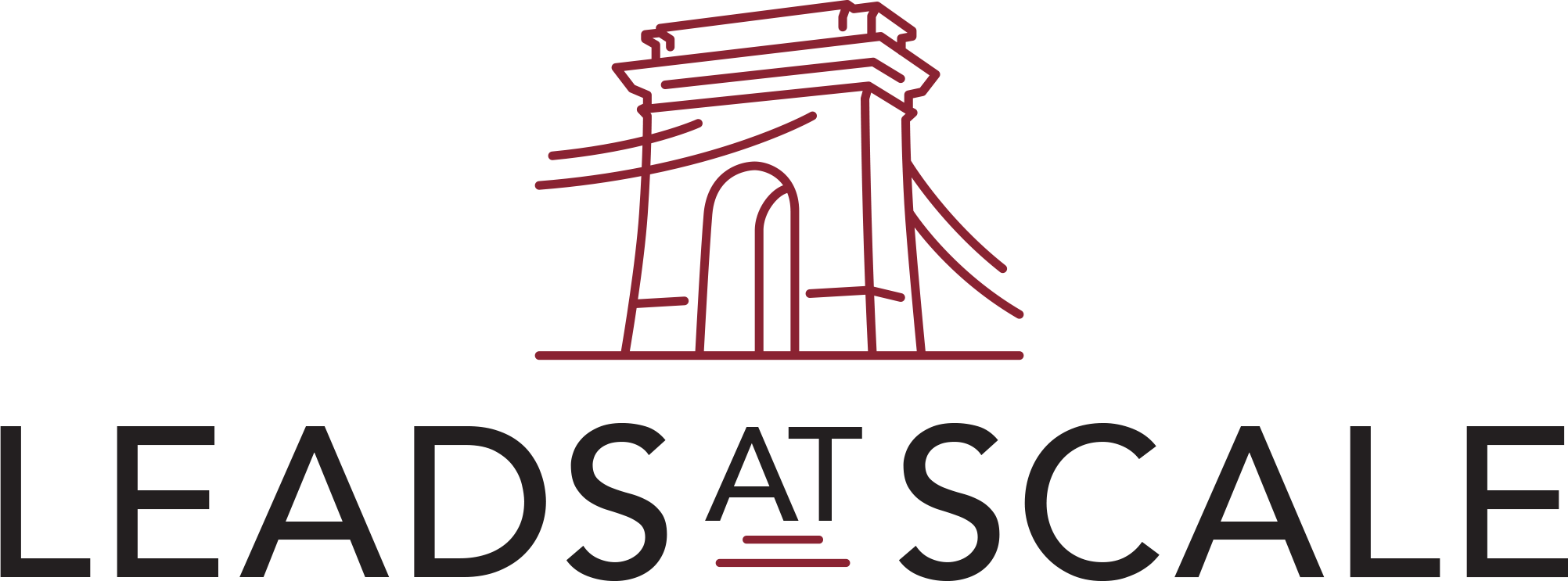Upstream vs. downstream marketing, which one is right for you? It’s an interesting question. Choosing the right strategy depends on your goals and objectives. You also need to consider your budget, niche, and target audience.
Let’s explore the difference between these two strategies. By the end of the article, you’ll know which is best for your business — or whether you need both.
Understanding the difference between upstream and downstream marketing can help you:
- Pick the right strategy for your product
- Enhance customer experience (CX)
- Allocate your sales and marketing budget wisely
- Deliver a better buyer’s journey
- Define what marketing channels you need
- Build more effective campaigns
- Overcome lead generation challenges
If we’re going to compare these contrasting methods, the natural place to start is with the question: what is upstream and downstream marketing?
What is Upstream Marketing?
Upstream marketing is about taking in the long view. It’s focused on monitoring what is coming in the future and how you can use that knowledge to gain an edge.
A significant element of upstream marketing is understanding your customers and your market. Some questions you’ll need to ask are:
- What are our customer’s pain points?
- What product or service will solve that?
- How can we use this knowledge to gain an edge?
Upstream marketing is reflective. It’s about anticipating demand and positioning your brand to meet it. By analyzing customer and market data, upstream marketing helps you build long-term strategies that will pay off when it comes to outbound prospecting and sales.
Advantages of Upstream Marketing
One of the significant advantages of upstream marketing is that many of your competitors aren’t doing it. Outlining strong customer segments or personas and aligning your strategy with their needs can be very effective.
Here are some of the pros of this approach:
- Better product-market fit: You build your product around your prospect’s needs and desires.
- Higher conversion rates: When you eventually get to selling, your conversion rates should be higher because of your strong market fit.
- Proactive: It can help your brand stay relevant and adjust to new trends and opportunities.
- Relationship building: Upstreaming marketing can help your business focus on building relationships. You can drive awareness and collect contact details with the right content marketing strategy. Then, you can generate B2B leads through email marketing.
- Broader reach: The upstream approach helps you reach more customers. In particular, customers who aren’t currently on your radar. For companies who need to grow or scale, this process is essential.
- Organic lead generation: With the right content marketing approach, you can focus on long-term objectives like organic lead gen through SEO, blog posts, and social media content.
- Develop authority and trust: A marketing approach focused on delivering helpful content can help you generate authority, trust, and loyalty. When it comes to making sales calls, that can really boost your conversions.
Disadvantages of Upstream Marketing
Of course, upstream marketing has some disadvantages too. Let’s outline the drawbacks of this marketing approach.
- Long-term commitment: Upstream takes time and resources many businesses don’t have. It requires buy-in and commitment from management and the trust that it will pay off.
- Heavily depends on projections: It relies on forecasting the market. In business, predictions can go wrong, or circumstances can change on a dime.
- Theoretical: Upstream marketing can be a bit wooly. Sometimes you must be in the trenches and face objections to understand what customers want.
- Less measurable: While upstream marketing focuses on understanding, it involves fewer customer sales interactions. As a result, it can lack the data you need to implement KPIs, goals, and targets.
In short, you can lose your edge when you spend too much time in the research lab.
What is Downstream Marketing?
Downstream marketing is more short-term and results-focused. It’s about finding the right strategies to sell your product. It includes things like:
- Branding and advertising
- Using B2B cold calling services
- PPC ads
- Social media marketing
- Email marketing
Using a downstream approach means focusing less on innovation and anticipating needs. However, it still requires strategy. You need to work out things like:
- How you will approach your customers
- What marketing channels you need
- Set clear and measurable goals, objectives, and KPIs
Downstream marketing involves first setting the right game plan. Next up, it requires strong execution.
Benefits of Downstream Marketing
The main benefit of downstream marketing is that it’s focused on generating sales. While devising strategy and understanding customers is vital, deals are what keep the lights on.
- Focused on the now: If your business is too focused on what might happen, it could miss what is happening. Downstream marketing takes advantage of present opportunities.
- Cost-effective: You spend less of your marketing budget on research and more on direct sales opportunities and revenue generation.
- Results-focused: Downstream marketing is about generating short-term results and sales.
- More corrective: Sales revenue defines if your approach is working or not. If you’re not getting the results you want, you have the flexibility to make changes.
- Customer retention: Downstream’s focus on the present can help you prioritize customer retention. Additionally, it allows teams to concentrate on upselling and cross-selling to their existing base. These activities can be far more cost-effective than reaching and converting new consumers.
- More experimentation: The downstream approach offers near-instant feedback. You can leverage this feedback to test things like your optimal sales cadence. Additionally, you can experiment with which marketing channels are most productive or which messaging works best.
Drawbacks of Downstream Marketing
The big disadvantage of downstream marketing is that it’s less forward-thinking.
- Subject to market change: Markets can change quickly, and you could get left behind.
- Vulnerable to competitors: Competitors that take a long-term view can outwork your business.
- Encourages short-term decisions: Downstream marketing can focus excessively on this month’s revenues. What is good for you in the short term won’t always be best for you over a more extended period.
However, it’s important to note that you can overcome these shortcomings with the right lead nurturing practices.
How to Use Upstream and Downstream Marketing Together?
Upstream and downstream marketing have their pros and cons. So maybe upstream vs. downstream marketing is the wrong question to ask. Instead, you should consider how they can work together.
When you focus on upstream AND downstream marketing, you get the best of both worlds. A long-term focused strategy that anticipates customers’ needs, with a lean, focused approach to making conversions. It’s the perfect blend of two contrasting methods that can offer many benefits, such as:
- Better customer journey
- More flexibility and responsiveness
- Higher conversion rates
- Marketing messaging alignment
- Better sales and marketing team cooperation
Upstream vs. downstream marketing is an interesting discussion. It highlights some of the big dilemmas that modern sales teams face. For example, is it better to invest time in prospecting or make those sales follow-up calls on your agenda?
The answer, of course, is to keep one eye on the future with the other on the here and now. Striking a balance between short and long-term objectives is essential.
So make the most of the opportunities in front of you and stay focused on delivering your goals. However, ensure it’s not at the cost of being blindsided and overtaken because you’ve lost touch with what the market wants.



